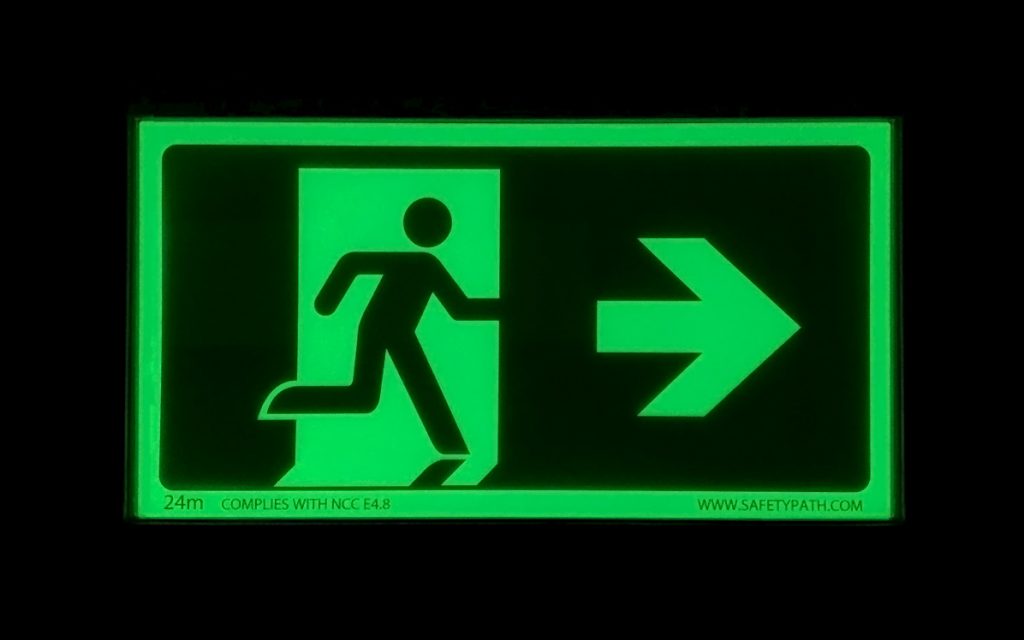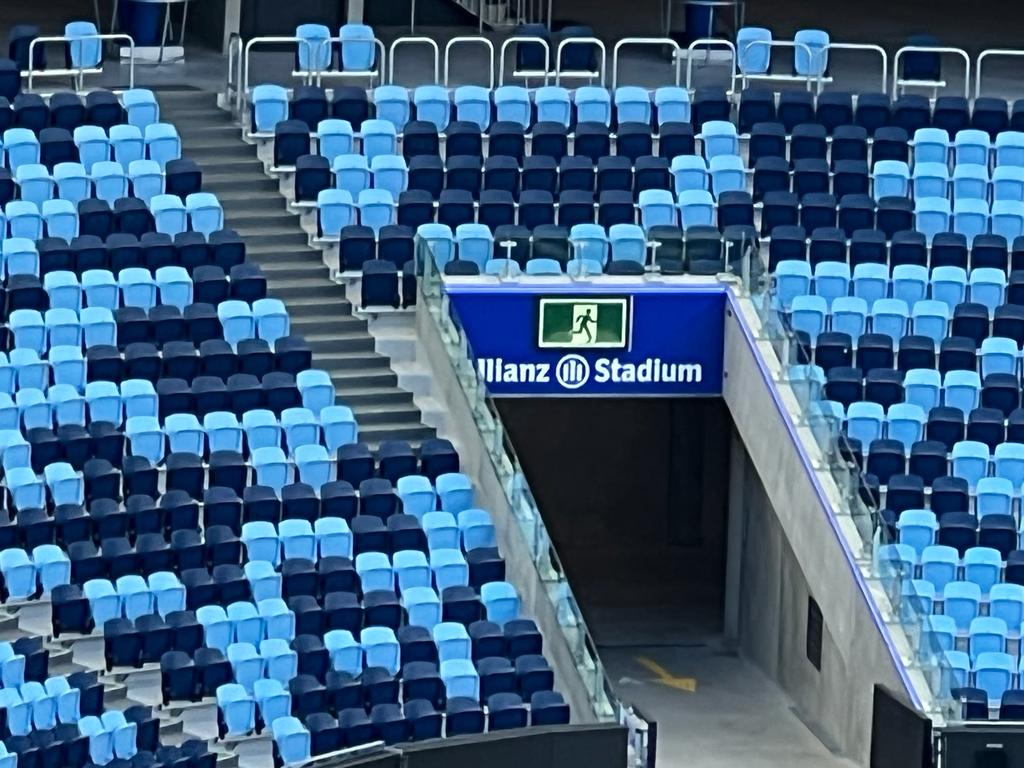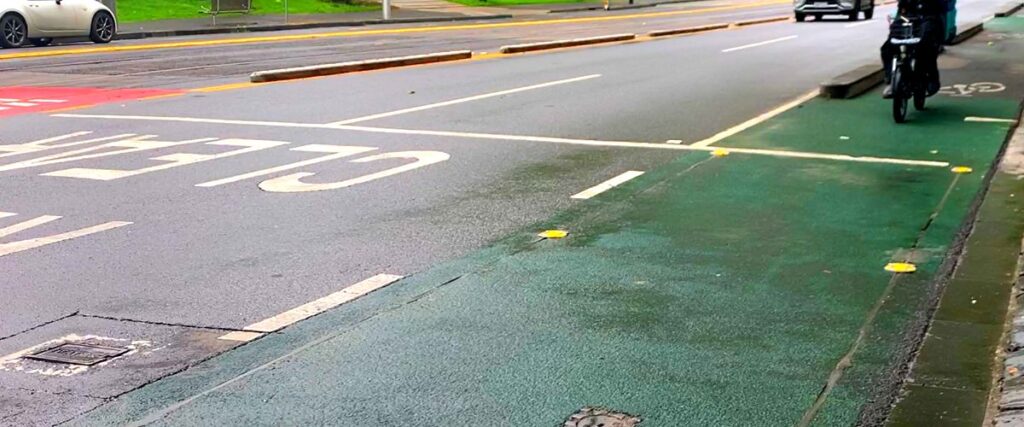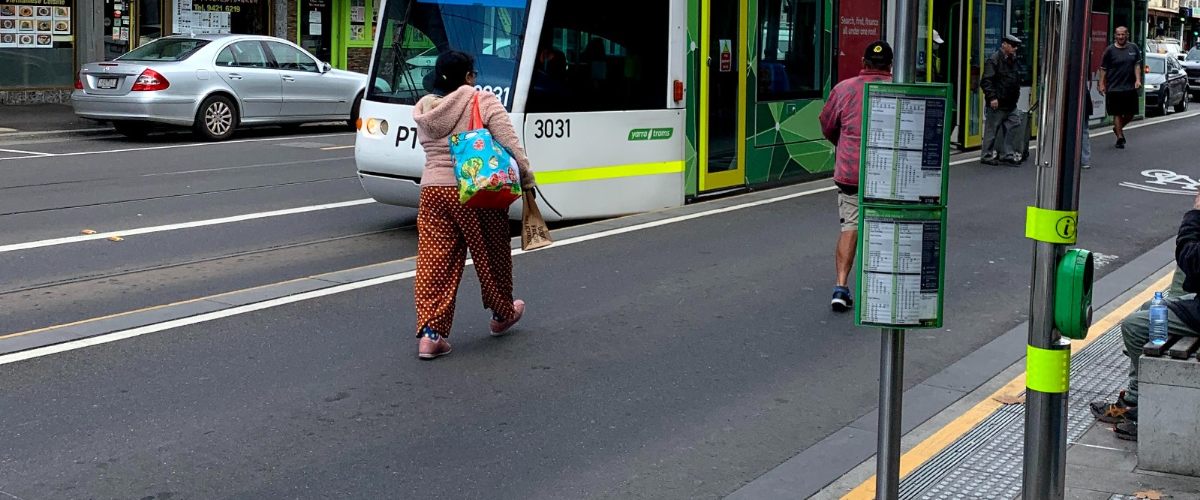
Why use e-paper timetables for public transport services?
2 minute read
January 17, 2023
E-paper timetables, also known as electronic paper or e-ink displays, have advantages over traditional paper timetables when used for public transport services such as buses, light rail, trams and trains.
E-paper timetables are more flexible than traditional paper-based technology, as they can be quickly and easily updated in real-time allowing last-minute changes. Integrated with real-time data about the position of buses along routes, an e-paper timetable will provide real-time arrival information to passengers at their stop.
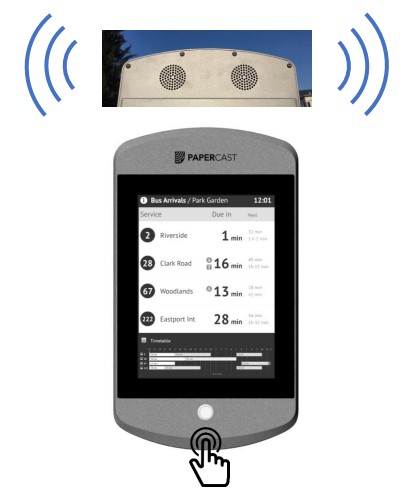
The rationale for providing real-time information is that research has repeatedly shown that ‘time is often overestimated when waiting for a bus or train, and the importance of durations varies among individuals — e.g. 5 minutes may seem like an unreasonably long wait for someone uncomfortable or in a hurry. Prolonged waits may cause customers to lose confidence in the transit system” (International Association of Public Transport (UITP), 1992).”
Similarly, public transport (transit) users “…perceive waits for transit vehicles to arrive as significantly longer than they really are—anywhere from 1.2 to 4.4 times as long in existing research (Dziekan & Kottenhoff, 2007; Parsons Brinkerhoff Quade and Douglas, Inc., 1993; Watkins, Ferris, Borning, Rutherford & Layton, 2011 in Fan, Guthrie and Levinson, 2015)”. Providing actual wait times with e-paper timetables displaying real-time information reduces the occurance of passengers thinking they’ve waited much longer than they really have, so that they can make informed decisions about travel times and modes.
A hidden cost with traditonal paper-based timetables and information notices in public transport networks is also their recurring cost. Typically new timetables and service interruption and information notices are printed every month, and a contractor paid to visit every stop to update the displayed information.
E-paper timetable displays have a much longer lifespan than paper, and because of the energy efficiency of the technology, they are powered by a small solar panel fixed to each bus stop pole. With accessibility options, text-to-speech, bluetooth connectivity to mobile devices and multi-lingual displays can be enabled, improving accessibility for existing and potential passengers.
For further information about Papercast e-paper timetables and displays, contact Gary Commane at [email protected] or telephone 0408 583 710.
